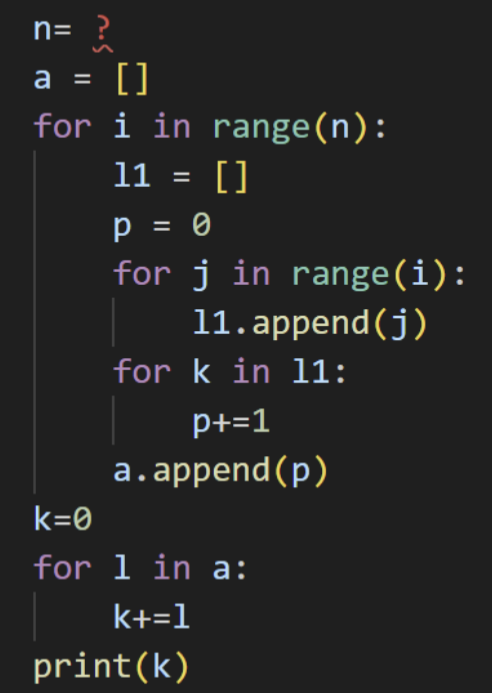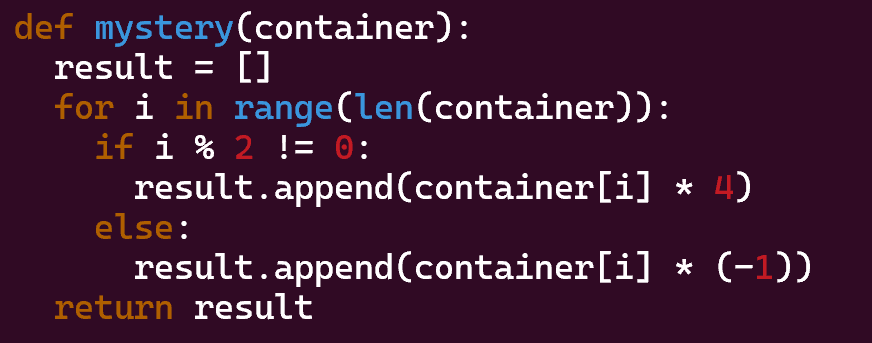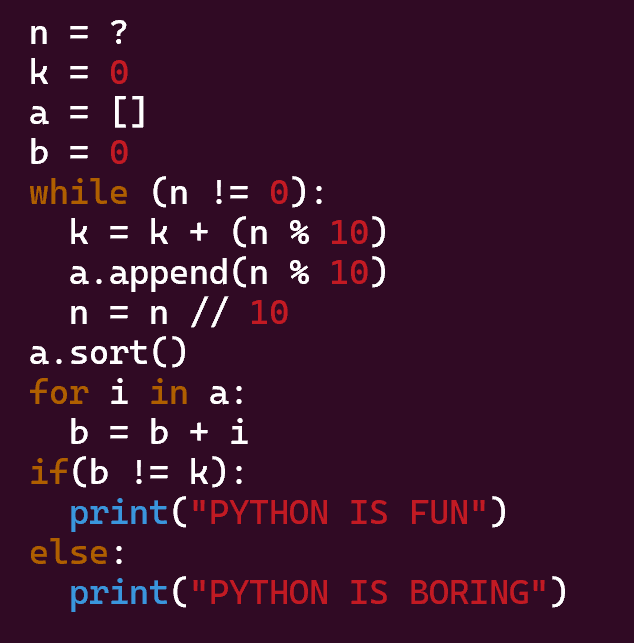ABOUT THE COURSE :
INTENDED AUDIENCE : Any interested audience
PREREQUISITES : 10th standard/high school
INDUSTRY SUPPORT : Every software company is aware of the potential of a first course in computer science. Especially of a first course in computing, done right.
NPTEL Joy Of Computing Using Python Week 3 Assignment Answer
Course layout
- Motivation for Computing
- Welcome to Programming!!
- Variables and Expressions : Design your own calculator
- Loops and Conditionals : Hopscotch once again
- Lists, Tuples and Conditionals : Lets go on a trip
- Abstraction Everywhere : Apps in your phone
- Counting Candies : Crowd to the rescue
- Birthday Paradox : Find your twin
- Google Translate : Speak in any Language
- Currency Converter : Count your foreign trip expenses
- Monte Hall : 3 doors and a twist
- Sorting : Arrange the books
- Searching : Find in seconds
- Substitution Cipher : What’s the secret !!
- Sentiment Analysis : Analyse your Facebook data
- 20 questions game : I can read your mind
- Permutations : Jumbled Words
- Spot the similarities : Dobble game
- Count the words : Hundreds, Thousands or Millions.
- Rock, Paper and Scissor : Cheating not allowed !!
- Lie detector : No lies, only TRUTH
- Calculation of the Area : Don’t measure.
- Six degrees of separation : Meet your favourites
- Image Processing : Fun with images
- Tic tac toe : Let’s play
- Snakes and Ladders : Down the memory lane.
- Recursion : Tower of Hanoi
- Page Rank : How Google Works !!
NPTEL Joy Of Computing Using Python Week 3 Assignment Answer
Week 3 : Assignment 3
Week 3: Programming Assignment 1
Create a Python program that finds the second smallest number in a list of positive integers (including zero). The program should prompt the user to input a list of numbers, then compute and print the second smallest number in that list.
- Input Format:
The input consists of a single list of numbers, separated by spaces.
Hint: Use.split()function to convert input to list. - Output Format:
The output consists of the second smallest number in the input list.
Example:
Input:
3 1 4 1 5 9 2 6 5 3 5
Output:
2
Week 3: Programming Assignment 2
Create a Python program that removes even duplicate positive integer numbers(includes zero) from a list and prints the unique numbers in the order they first appeared.
The program should prompt the user to input a list of numbers, then process the list to remove duplicates and print the resulting list of unique numbers.
Input Format:
The input consists of a single list of numbers, separated by spaces.
Output Format:
The output consists of the unique numbers, separated by spaces, from the input list, in the order they first appeared.
Example:
Input:
3 1 4 1 5 9 2 6 5 3 5
Output:
3 1 4 1 5 9 2 6 5 3 5
Week 3: Programming Assignment 3
Create a Python program that takes a list of integers, reverses the list, adds the values at even indices from both the original and reversed lists, and creates a new list with the result. The new list should be printed in the end.
Input Format:
The input consists of a single list of integers, separated by spaces.
Output Format:
The output consists of the new list of values, separated by spaces, obtained by adding values at even indices from both the original and reversed lists.
Example:
Input:
1 2 3 4 5
Output:
6 2 6 4 6




